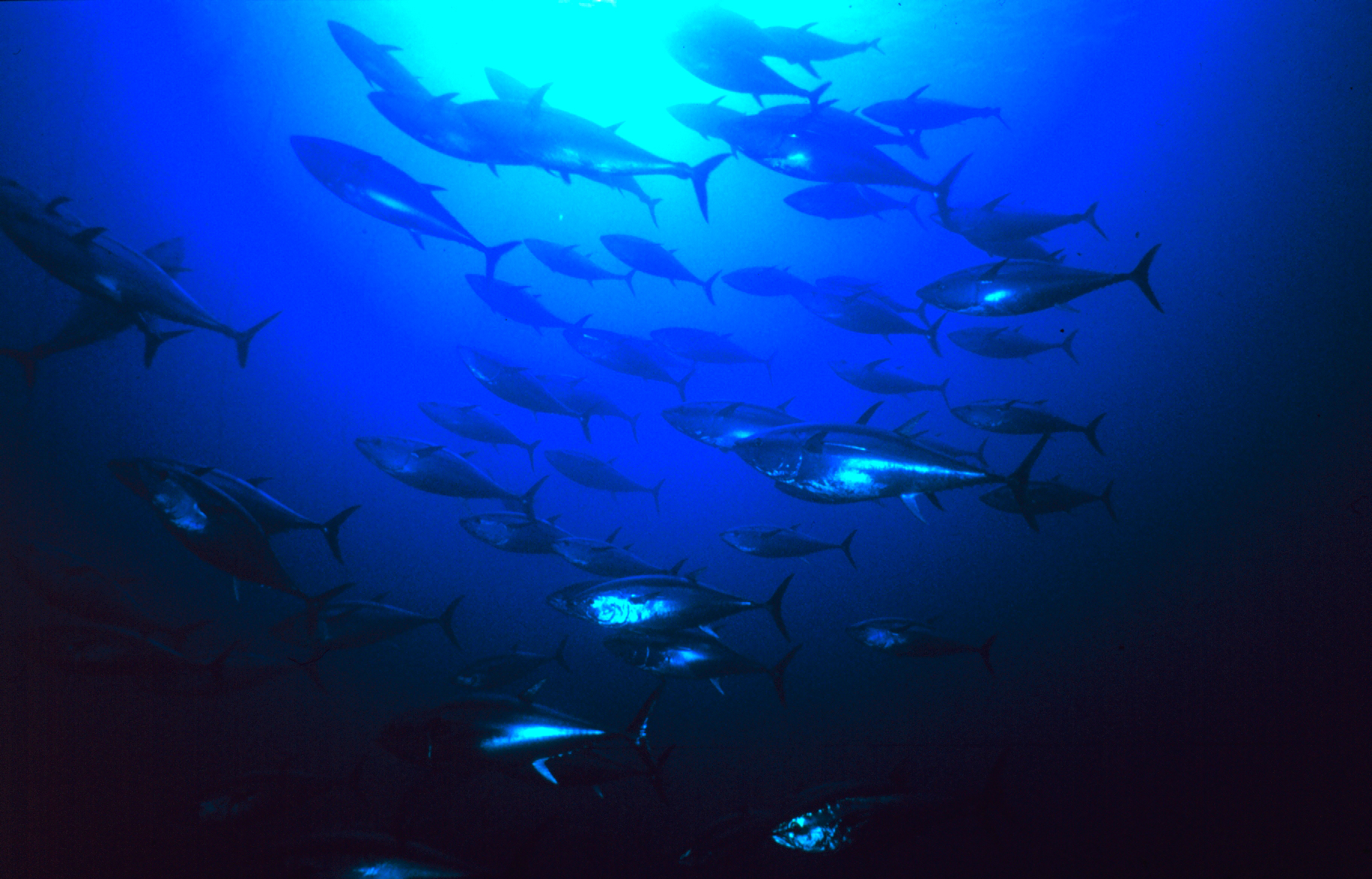What Is the Status of the World’s Managed Fisheries?

On average, fish stocks are increasing in places where they’re managed — and they’re in much worse shape in locations where they aren’t managed.
Research Need
Anyone with a mild interest in the health of the planet is probably also interested in the status of the world’s wild capture fisheries. As you might imagine, the status depends in part on which fisheries you consider — and what segment of history you review. Regardless, we all hope that effective fisheries management results in healthy fish stocks.
Marine fisheries are an important part of the world’s ecosystem and serve as an important food source for a large percentage of the planet. Most research to date has focused on determining the health or status of individual fish stocks, groups of related stocks, or even country-level assessments. It has been incredibly difficult to look at the health of global fish stocks as a whole, because the data required for such analyses are not easily accessible.
However, researchers have been adding global fisheries stock assessment information to a central database for a number of years. This process enables scientists from all across the globe to address different research questions while using the same source data. As scientists add more and more data representing different fish stocks, the database becomes more representative of global “wild-capture” fisheries.
What Did They Study?
A multinational team of scientists gathered data that constituted 49% of the world’s wild capture fisheries — a monumental and time-consuming accomplishment. This study combined existing and new datasets to represent the most complete collection of managed wild capture fisheries to date.
Next, the scientists looked at the stock status trends — in other words, whether fish populations were increasing or decreasing — and compared these trends to the intensity of management that fisheries managers applied to each fish stock. The fisheries managers answered a series of detailed surveys, which enabled scientists to determine if the level of management intensity ultimately impacted the status of fish stocks.
What Did They Find?
In the simplest of terms, the scientists determined that world’s fish stocks do better on average when managed. Furthermore, when management is “intensive,” fish stocks on average are above target levels of abundance or are rebuilding — which is good news. However, in locations where stocks receive less intensive management, stock status and trends are worse.
So What?
The results of the study suggest that science-based fisheries management works, on average, to maintain the health of individual fish stocks. The challenge remains how to apply science-based methods and sustainability to the world’s data-poor, unaccessed and unmanaged fish stocks.
Anything else?
The study drew on data about most of the catch in North and South American, Europe, Japan, Russia, Northwest Africa, South Africa, Australia, New Zealand and globally-managed tuna fisheries. There was little to no data available for this study from South and Southeast Asia, China, the Middle East, Central and Eastern Africa, or Central America.
Reading
Hilborn, Ray and 22 co-authors. 2020. Effective fisheries management instrumental in improving fish stock status. Proc. Nat’ Acad. Sci. 117 (4) 2218-2224. https://doi.org/10.1073/pnas.1909726116
Funding for this research comes from multiple sources: The Nature Conservancy, The Wildlife Conservation Society, the Walton Family Foundation, the Environmental Defense Fund, and donations from 12 fishing companies.
Summary compiled by Scott Baker
Lead photo courtesy of NOAA
The text from Hook, Line & Science is available to reprint and republish, but only in its entirety and with this attribution: Hook, Line & Science, courtesy of Scott Baker and Sara Mirabilio, North Carolina Sea Grant. HookLineScience.com
- Categories:



